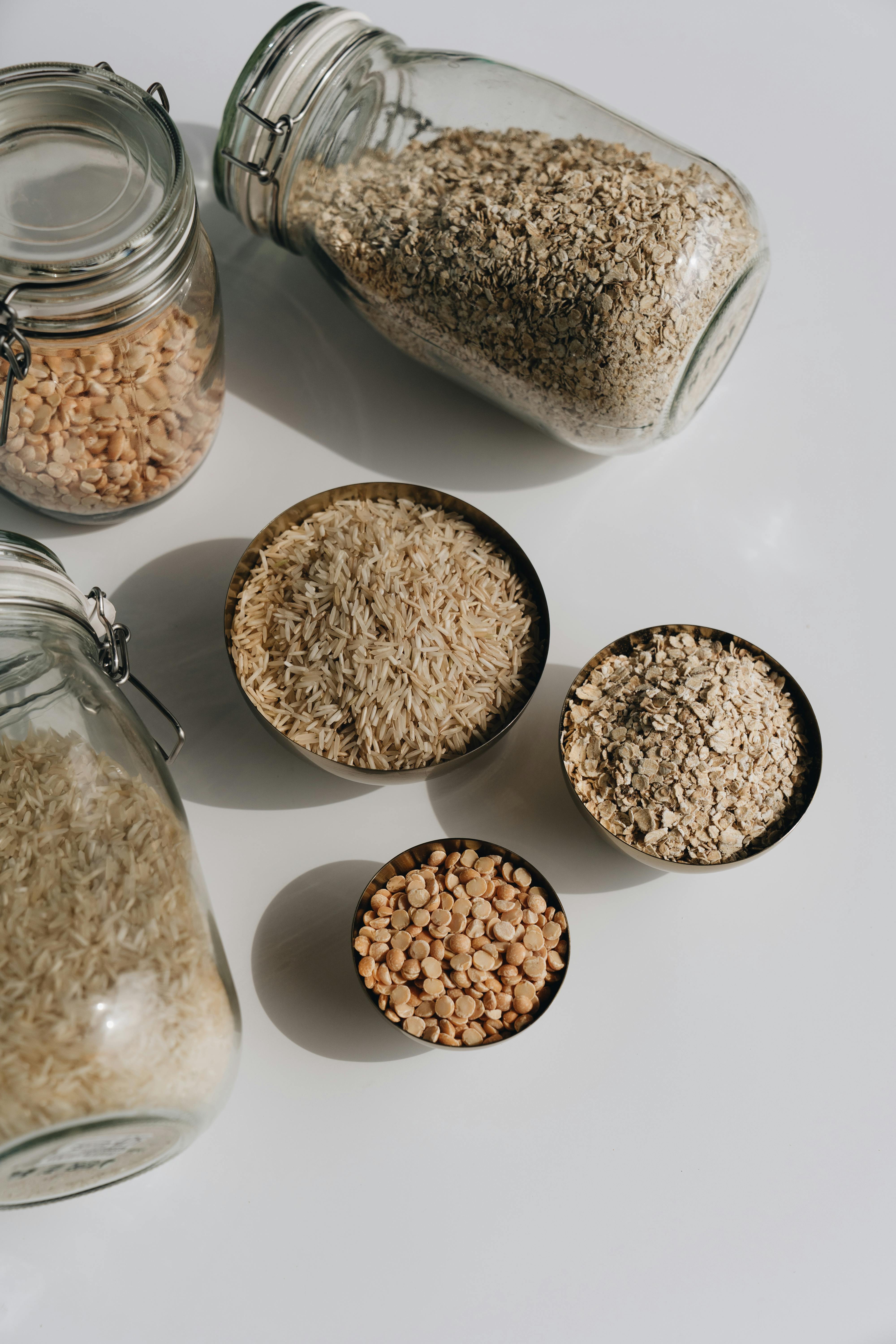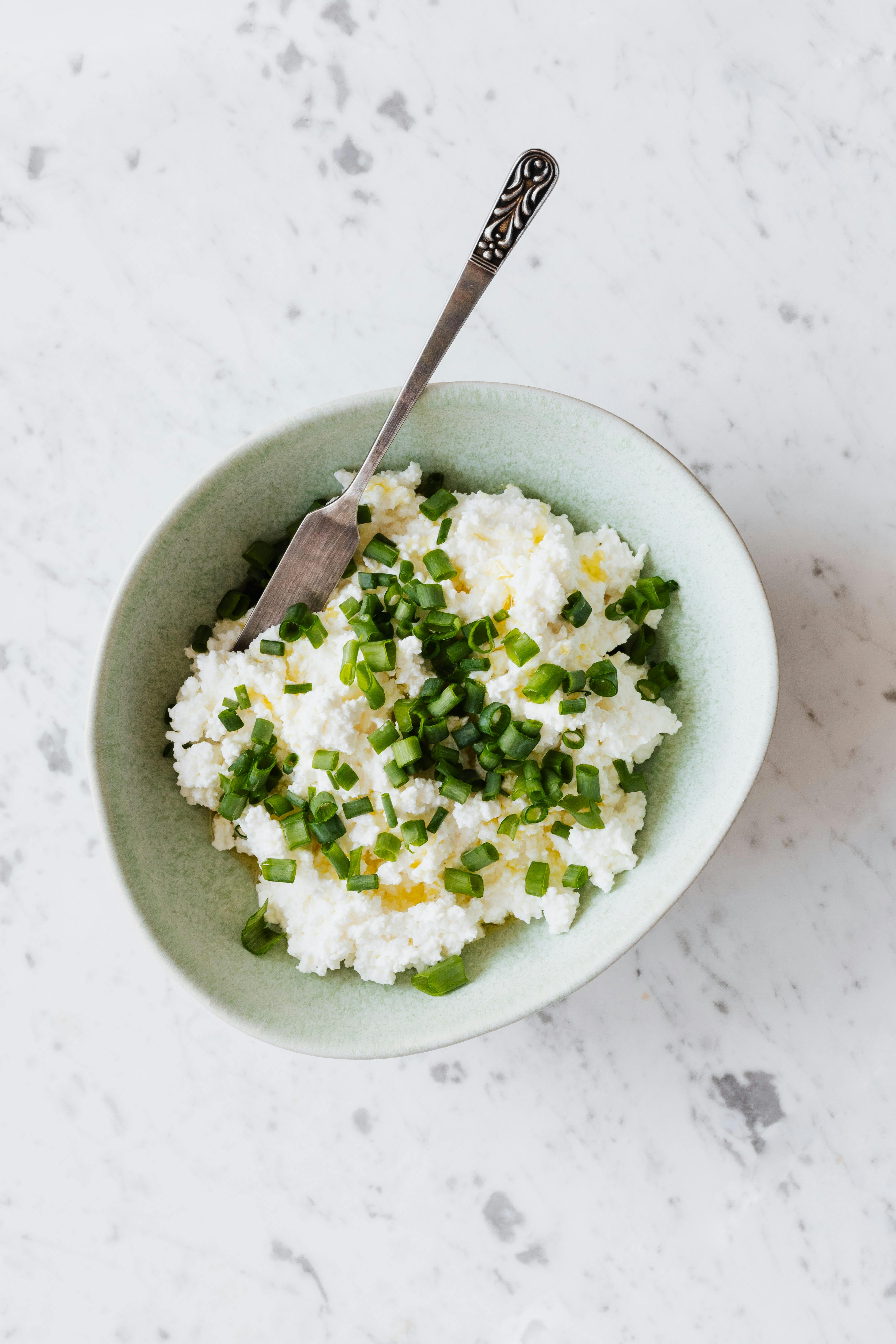
Apply Now


Effective Diet for Heart Attack Recovery with Stents
Understanding Heart-Healthy Eating
Recovering from a heart attack and undergoing stent placement necessitates immediate lifestyle changes, particularly dietary adjustments. A heart-healthy diet plays a crucial role in cardiac rehabilitation and ongoing heart disease prevention. Incorporating heart-healthy foods into your meal plan can support cholesterol control, weight management, and overall cardiovascular health. It also aids in inflammation reduction, enhancing your recovery speed. In 2025, adopting a nutrient-dense diet that prioritizes fruits, vegetables, whole grains, and lean proteins is more important than ever. This article will provide proven tips on maintaining a heart-healthy diet for heart attack recovery, including meal planning, portion control techniques, and nutritious food options. The goal is to equip you with the knowledge needed to make informed dietary decisions, leading to a healthier lifestyle.Key Components of a Heart-Healthy Diet
A heart-healthy diet is built on several crucial elements. These include unsaturated fats, omega-3 fatty acids, and fiber-rich foods. Unsaturated fats, such as those found in olive oil and nuts, help reduce bad cholesterol levels. Omega-3 fatty acids, commonly present in fatty fish like salmon, can lower inflammation and support heart function. Fruits and vegetables must form the foundation of your meals, offering essential vitamins, minerals, and antioxidants vital for recovery. Additionally, a plant-based diet rich in legumes and whole grains provides necessary dietary fiber, promoting digestive health and heart health by regulating blood sugar and cholesterol levels. Moreover, maintaining hydration is indispensable. Water plays a role in regulating blood pressure and nutrient transportation within the body, integral during your recovery process.Portion Control and Meal Planning
Portion control is vital to regulating calorie intake and promoting weight management post-surgery. Adopting mindful eating habits and being conscious of serving sizes can significantly impact your recovery journey. Use smaller plates to help control portions and avoid overeating. To make meal prep smooth, consider planning your meals weekly. This helps in incorporating a variety of food groups while ensuring balanced meals. Focus on a mix of healthy carbohydrates, lean proteins, and an abundance of fruits and vegetables. When cooking, explore heart-friendly methods such as grilling or steaming instead of frying to reduce fat intake. Additionally, reading food labels can help you assess the sodium levels in processed foods, aiding in your goal of sodium reduction. Opt for low-sodium options whenever possible.Incorporating Nutrient-Dense Foods into Your Diet
Emphasizing Whole Foods
Whole foods should be the cornerstone of your diet since they are rich in nutrients and free from the additives found in processed foods. Incorporate more fruits, vegetables, whole grains, and legumes into your daily intake. Each food group contributes unique benefits — for example, leafy greens are high in vitamin K, while berries are rich in antioxidants. Additionally, consider incorporating healthy snacks like nuts and seeds, which contain healthy fats and proteins essential for recovery. Snacking smart can help maintain energy levels while preventing blood sugar spikes associated with unhealthy choices.Heart-Friendly Cooking Methods
When preparing your meals, adopt cooking techniques that help preserve the nutritional value of foods while minimizing unhealthy fats. Emphasize using olive oil as a primary cooking fat, as it is rich in unsaturated fats. Explore alternatives to butter or cream, using yogurt or plant-based dairy substitutes to create creamy textures in recipes without the added saturated fat. Moreover, flavor your meals using cooking herbs and spices, which not only enhance taste but also provide additional health benefits, including anti-inflammatory properties.Hydration and Nutritional Goals
Hydration Levels and Recovery
Staying hydrated is pivotal during your heart attack recovery. Adequate fluid intake can support overall recovery by aiding nutrient absorption and maintaining healthy blood pressure levels. Aim for at least 8 cups of water daily, adjusting based on your physical activity level. To monitor your hydration, check the color of your urine; a light yellow indicates proper hydration. Be cautious with caffeine intake and alcoholic beverages, as they can lead to dehydration.Setting Practical Nutritional Goals
Establishing realistic nutritional goals post-heart attack is vital. Start with small milestones, such as including one additional serving of fruits and vegetables in your daily diet or reducing processed food consumption. Engage with a registered dietitian to tailor a diet plan addressing your specific recovery needs. A customized approach will ensure that you meet your nutritional needs while considering any other health conditions.Exercise Nutrition for Heart Health
Importance of Fuelling Your Body
Nutrition plays a crucial role in supporting your exercise regime, especially in the context of heart attack recovery. Proper fuel can enhance your cardiovascular fitness levels and aid in stress management. Combine regular aerobic exercise with a balanced diet for the best outcomes. When planning meals around your exercise schedule, ensure to include sources of carbohydrates, proteins, and healthy fats to replenish energy levels. For instance, a pre-workout snack could consist of whole-grain toast with almond butter, while a wholesome post-workout meal might feature grilled chicken with quinoa and roasted vegetables.Utilizing Heart-Smart Snacks
Snacking can complement your nutrient intake. Opt for heart-smart snacks such as Greek yogurt with berries, which provide protein and antioxidants, supporting both recovery and long-term heart health. Other options might include carrot sticks with hummus or a small handful of almonds. As you recover, experiment with different healthy snacks to discover what works best for your palate and nutritional goals. Diversifying snack intake can keep your eating plan enjoyable and sustainable.Community Resources and Support
Engaging with Patient Support Groups
Engaging with community resources and patient support groups can significantly enhance your recovery journey. These groups provide emotional support, sharing experiences and tips for dietary adjustments post-heart attack. Interacting with others in similar circumstances can foster accountability and motivation. Additionally, consider enrolling in cooking classes tailored for individuals recovering from cardiac events. Such classes can provide hands-on experience with preparing heart-healthy meals, facilitating lifestyle changes more effectively.Dining Out While Staying Heart-Smart
Eating out can present challenges for maintaining a heart-healthy diet. However, with forethought, you can still enjoy meals outside your home. Choose restaurants that provide nutritional information and favor meals that feature vegetables, whole grains, and lean proteins. When dining, don’t hesitate to ask for modifications to your meal, such as ordering sauces on the side or requesting low-sodium dressing. Keep an eye on portion sizes; sharing plates or taking leftovers home can prevent overeating.Conclusion: Embracing Lifestyle Changes for Lasting Health
Recovering from a heart attack and utilizing stents demands significant lifestyle modifications, particularly with your diet. Employing effective strategies like adopting a heart-healthy diet, focusing on portion control, and utilizing community resources can promote a quicker recovery and contribute to long-term heart health. Ultimately, achieving success in managing your recovery journey entails a commitment to continuous improvement in nutrition, exercise, and overall well-being. Building these habits now will lay the foundation for a heart-healthy future, reducing the risk of further heart disease and enhancing quality of life.
